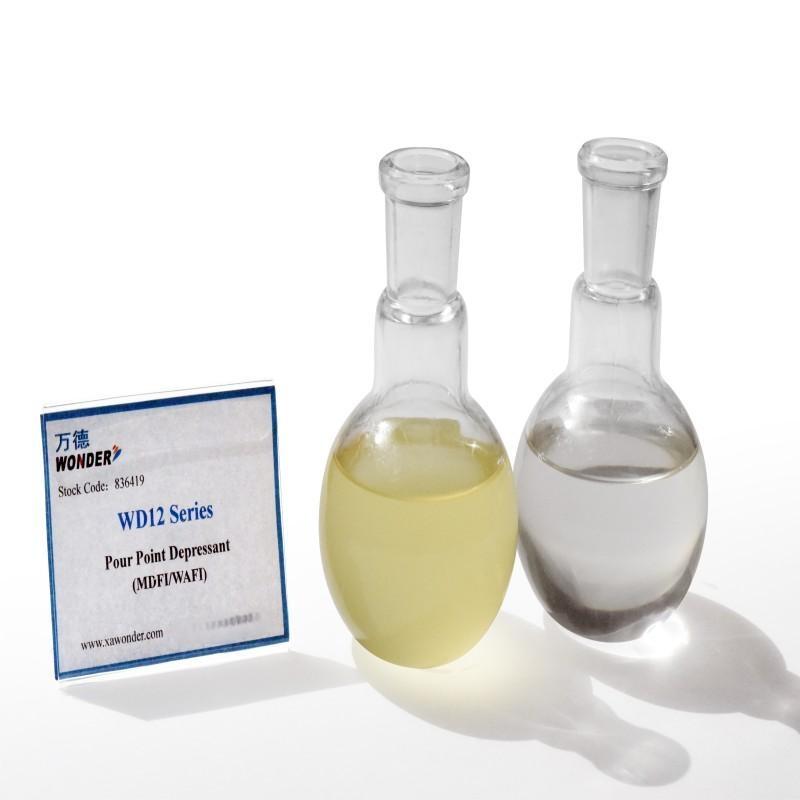-
Categories
-
Pharmaceutical Intermediates
-
Active Pharmaceutical Ingredients
-
Food Additives
- Industrial Coatings
- Agrochemicals
- Dyes and Pigments
- Surfactant
- Flavors and Fragrances
- Chemical Reagents
- Catalyst and Auxiliary
- Natural Products
- Inorganic Chemistry
-
Organic Chemistry
-
Biochemical Engineering
- Analytical Chemistry
-
Cosmetic Ingredient
- Water Treatment Chemical
-
Pharmaceutical Intermediates
Promotion
ECHEMI Mall
Wholesale
Weekly Price
Exhibition
News
-
Trade Service
The U.
S.
Energy Information Administration (EIA) released long-overdue inventory data
after experiencing "systemic issues.
" This data is published
by combining the data that should be reported this week and the data that should be reported last week.
EIA data showed that US crude oil inventories fell by 2.
76 million barrels, compared with analysts' expectations falling by 1.
22 million barrels; Cushing crude oil inventories continued their decades-long decline, falling by 782,000 barrels, falling to their lowest level since October 2014, gasoline inventories unexpectedly increased by 2.
65 million barrels, distillate inventories unexpectedly increased by 2.
56 million barrels, and refinery capacity utilization rose 1%.
Focus on crude oil inventories in the Cushing region, which are again very close to the operating low
.
Financial blog Zerohedge commented that oil storage tanks in the Cushing area require a minimum amount of oil to maintain normal operations, and traders estimate that it is about 20 million barrels
.
EIA's latest data is mostly in line with
API inventory trends over the past two weeks.
API data shows a slight increase in crude oil inventories over a two-week period, a significant decline in Cushing area, a significant increase in gasoline inventories, and a slight increase in distillate inventories
.
EIA data also showed that U.
S.
crude oil production hit its highest
level since April 2020.
This refreshes the crude oil production announced two weeks ago, when crude production reached 12 million b/d, the first
since April 2020.
After the EIA data was released, WTI crude oil futures fluctuated $0.
49 short-term, hitting a maximum of $114.
02 per barrel
.
However, oil prices have since retreated
.
As of press time, WTI crude oil turned lower during the day, at $111.
69 / barrel; Brent crude was at $114 a barrel, paring gains to less than 0.
2 percent
.
On Wednesday, reports of the failure of Iran-U.
S.
negotiations, coupled with Libya's suspension of oil exports, all pushed oil prices significantly higher, continuing the upward trend
of previous days.
In addition, OPEC's pre-meeting meeting did not discuss oil policy, instead focusing on administrative matters, including updating the organization's declaration of guiding principles, its long-term strategy
.
Recently, a series of economic data released by the United States are not good, and the market is worried about recession
.
Stephen Brennock, an analyst at PVM Oil Associates, said, "The fear of a recession is — fear
.
At the same time, oil fundamentals remain solid
.
”
Ed Moya, senior market analyst at Oanda, said, "European demand will remain strong, especially as natural gas supplies run out, while North American demand for crude oil is weakening
.
" "The current tight supply situation in the oil market, especially in Europe, is manifesting itself in the WTI-Brent spread, which rose to $6.
19, the highest level
in nearly three months.







